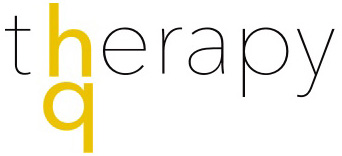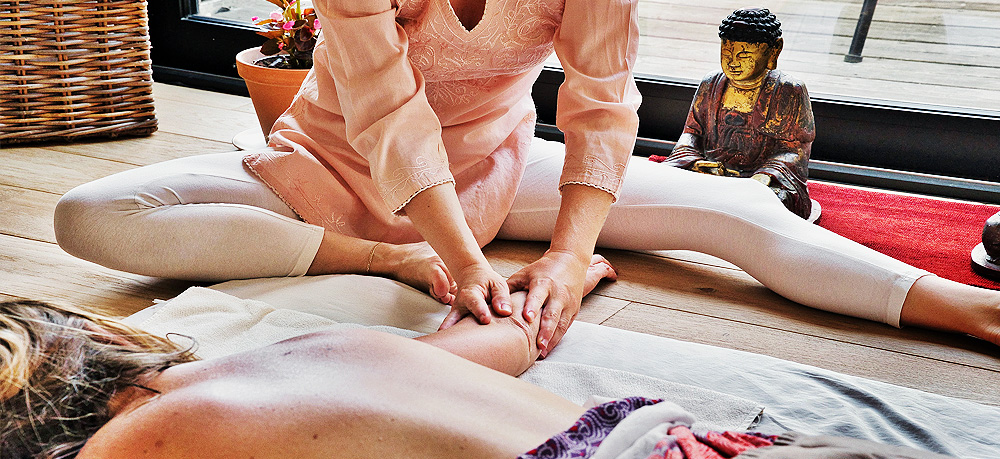Bodywork As An Adjunct To Talk Therapy
One of my favourite quotes is from the Zen Buddhist teacher Shunryu Suzuki in his book Zen Mind, Beginner’s Mind. He writes, “Our body and mind are not two, and not one.”
What he’s talking about is the inextricable connection between body and mind. They are not two discrete manifestations, to be handled separately. But nor are they a single entity.
The way he describes it is that body and mind are simultaneously two and one – impossible to disentangle; somewhat, but not entirely, distinct; utterly interdependent.
This teaching captures for me the complexity of the human experience. We know from our growing understanding of trauma that it manifests in, and is experienced by, both the mind and the body.
We know this to be also true of joy, such as when happiness co-occurs with radiant skin or an open and upright posture. We may have heard ourselves say to someone, “You look so happy!” We’re picking up on physical as well as psychological markers in those moments.
So, it’s no surprise that the psychotherapeutic process – inevitably – involves the body. Therapists will recognise posture, tone and volume of voice, rate of breathing, and other physical indicators of their clients’ internal processes. And clients will recognise too how the process of psychotherapy involves their bodies.
The expansion of somatic (whether body-based or body-inclusive) approaches in psychotherapy indicates the growing recognition of the helpfulness of working with the physically felt experience during counselling.
My name is Max Mora and practising as a massage therapist I also – inevitably – work with the whole person, body and mind. My work is focused on the body – on muscles and fascia and skin. But, it holds the wider context of what the client brings to enable them to show up as their full selves.
A person’s tight shoulders might be due to a sense of carried burdens, overwhelming responsibilities and very little time for their own needs. Gastrointestinal problems and a bloated belly might sit alongside a trauma history.
The psychotherapist will work with the psychological detail in their sessions, and as a massage therapist, I can work with the physical detail with mindfulness of a broader context.
In the same way that I don’t work with a pained body part in isolation because muscles and other tissues are interconnected, I also hold the weave of my clients’ bodies’ stories in my work.
From their intake form, I may know the headlines of a person’s story, or I may know only about their physical discomforts or their wish to receive relaxing touch.
But the underpinning ethos of all my bodywork is that we each desire to be ‘met’ and to be held in kindness, compassion, and skilfulness.
While I know how to soften tense muscles with targeted techniques, soothe a bloated belly with gentle castor oil massage, or ease a headache with scalp work, it’s ultimately led by an intention of calm care and holding space for the body’s stories, whether known or unknown.
For all these reasons and more, sensitive and holistic bodywork can be an excellent support to the talk therapy process.
It can provide a helpful space for relaxation and mindfulness. And it may also surface somatic insights, which clients can bring back into the therapy room.
————————————————————————
To get in touch with Max, see www.integratedsomatics.org or email [email protected]


